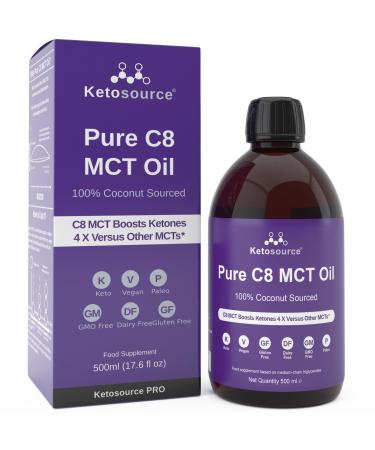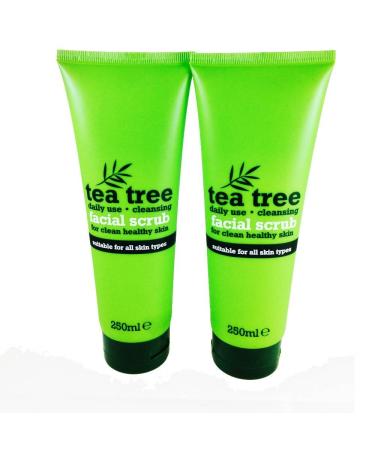Features
Taste:This blend, initially soft with the influence of Guatemala and Ethiopian beans, is balanced by the body and winey acidity of Honduran beans. With a clean finish, it leaves no trace in the throat, but the impression it leaves on the palate invites a second sip.
Blending in coffee is a very delicate matter. Unfortunately, this method, used solely for cost reasons by many businesses, has led to misperceptions in the industry, with coffees created by prioritizing flavor. Single-origin and specialty coffees are the best method for creating a breadth of flavor and palate.
Over time, as the palate develops, the distinct and beautiful flavors in some coffees begin to be felt as either excessive or not fully prominent. This creates a need to emphasize these flavors and or, if present, suppress them with another, compatible flavor. Successfully creating this and turning it into a commercial product requires both flavor competence and ample inventory.
When creating this coffee, we strived to create a blend that would leave your morning coffee unaffected for the rest of the day and even encourage you to have another cup. We did this with 0 Arabica beans.
Detailed Information
The coffee industry has been influenced by over-roasted coffees for many years. In fact, perceptions have been created that dark roasts contain more caffeine. It's said that strong coffee will invigorate, but the term "strong" has been associated with dark roasted coffee. However, the amount of caffeine in coffee decreases as the roasting temperature increases, due to the carbonation of the coffee. Many blends that claim to offer high caffeine achieve this high level with Robusta beans. Robusta beans contain higher caffeine than Arabica beans, but they lag behind Arabica beans in terms of flavor and variety. The use of Robusta in blends is quite sensitive and shouldn't be driven solely by cost. If Robusta is used, it should be of a quality that matches the flavor of the blend and adds value to it.
We didn't use Robusta beans in this blend, and we strived to create a flavor that won't upset your stomach when you drink it in the morning, but will wake you up and even trigger the urge to have a second cup.
African beans consist of natural Typica variations, as well as Bourbon-derived beans planted during the reigns of France, Germany, and Belgium. Ethiopia, the homeland of coffee, is a haven for Typica mutations. Home to over 1,000 subvarieties of Typica, Ethiopian beans are generally distinguished by their floral aromas, citrus flavors, and high acidity.
Latin American beans, on the other hand, are generally Bourbon mutations. This combination of the region's ecological structure and climate creates a tasting record with a strong chocolate flavor. This isn't unusual, considering that coffee is a plant that absorbs the notes of the plants it grows around, and that Latin America also leads in cocoa cultivation. However, each Latin American country, with its own farming methods, climate, ecological structure, and environmental conditions, can reveal hundreds of different flavor combinations that contribute to this chocolate flavor.
The nutty and dark fruit flavors that accompany the chocolate flavor in Honduran beans are the highlights. Its wine-like acidity, in particular, can create beautiful combinations in blends as an acidity balancer.
We believe that a harsh and burnt flavor in your first sip of coffee in the morning isn't the best choice it negatively impacts your mood for the rest of the day. Therefore, we've created this blend: a smooth yet caffeine-rich blend with a lower roast profile than other breakfast blends, providing a delicious and enjoyable start to your day. In this blend, we strived to balance the high acidity of Ethiopian coffees with the chocolatey flavor and wine-like acidity of Honduras. Our primary goal was to combine the right proportions of milk chocolate, caramel, and the floral flavors that support them.













